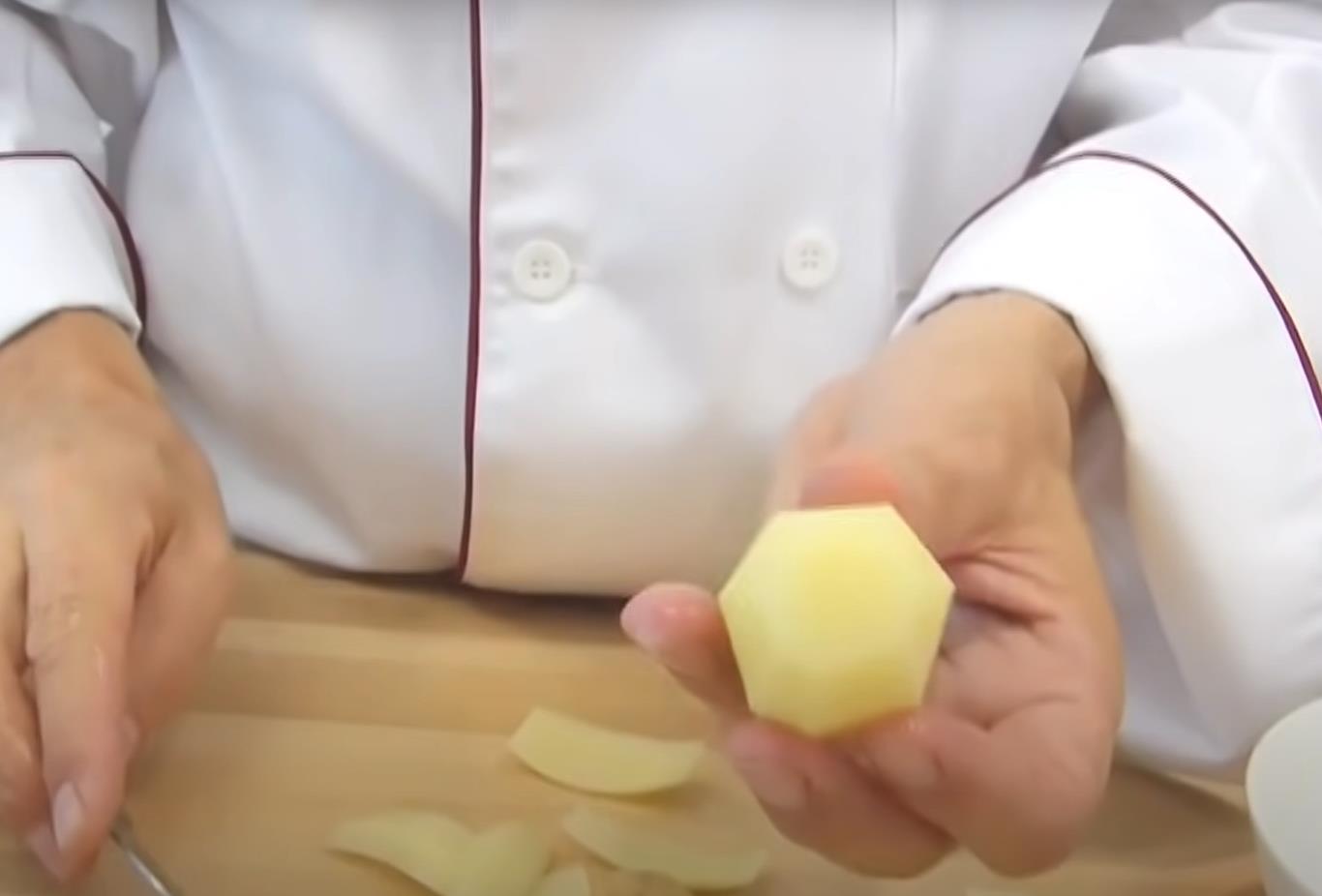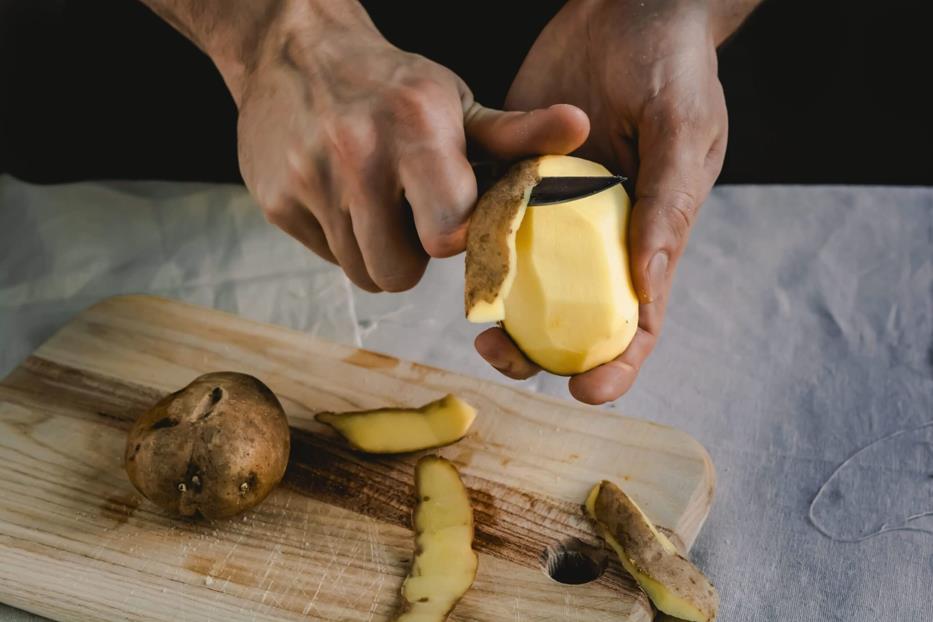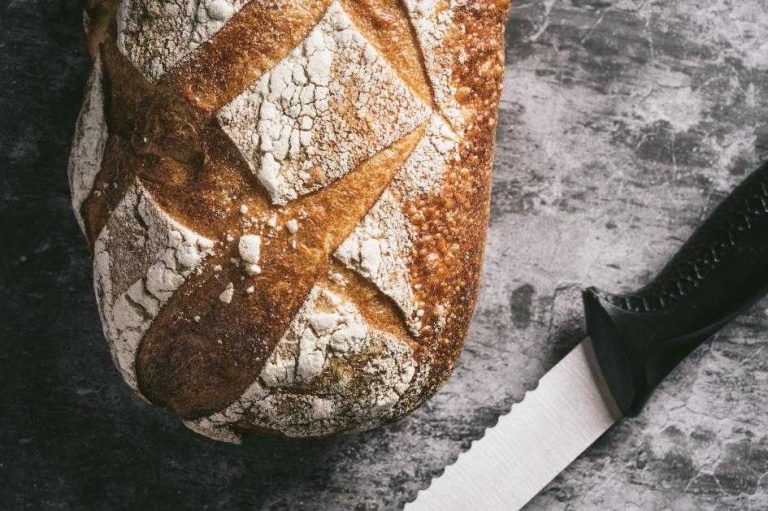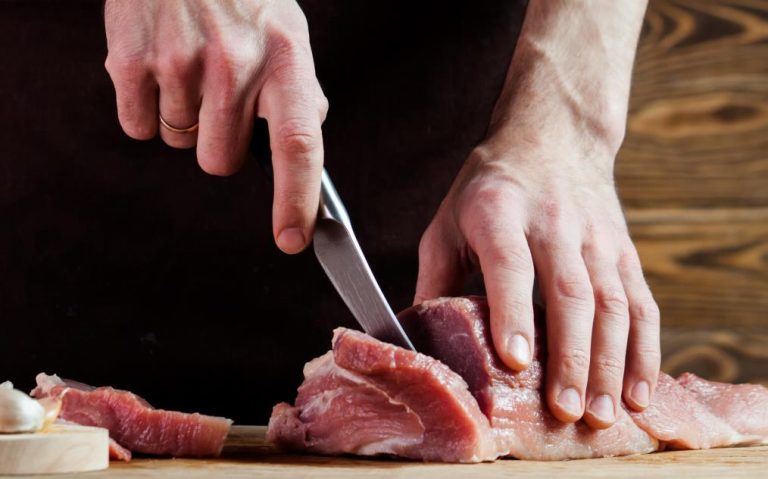There are kitchen knives with a specific purpose designed solely for that intent alone. The tourné knife fits this description perfectly. It’s a small kitchen knife that cooks often refer to as the bird’s beak knife.
The tourné knife has a short blade with an inward curve at the tip. This design element peels vegetables and fruits effortlessly, much like a peeler, but it isn’t the focal point of this petite kitchen knife.
This article will summarize everything you need to know about the tourné knife. Continue reading to find out if it’s a good product choice for your knife store.
What exactly is the tourné knife?
The tourné knife is a French-style kitchen knife. The primary use of this kitchen knife is to perform tourné cuts, a French cutting technique. Chefs use the tourné knife to execute this cut to garnish dishes and elegantly cut dense vegetables for stews and other foods.
Buy Wholesale Knives and Start Scaling up with Us Today
Contact us and connect with a sales rep to get a free quote.
Tourné cut

The tourné cut is a French cutting style that’s easy to explain but difficult to accomplish. This cutting style is basically turning ingredients into seven-sided figures one to two inches long.
Many cooks also refer to this cutting style as turned – for example, turned potatoes, turned zucchini, and so on.
If you’ve ever had a French dish and got vegetables on the side resembling a football, that’s what it is. Chefs can use the tourné knife for any vegetable suitable to perform this cut, such as potatoes and carrots.
Since this cut isn’t for everyday use, the tourné knife doesn’t appeal to home cooks looking for a simple blade to cut vegetables. The paring knife is the most practical tool for that – more on comparing the two below.
Tourné knife design
The tourné knife has a short blade that stands two to three inches. With this little blade length, it’s uncommon to find a tourné knife with a handle longer than the blade itself.
The tourné knife’s blade can be the same width as a paring knife, between 0.5 and 0.7 inches or narrower. Like many other western kitchen knives, it can have a bolster and full tang.
The curvature at the tip is where the tourné knife creates a distinction between itself and other kitchen knives. Since chefs need to slightly turn the ingredient as they cut to perform the tourné cut, this curvature allows for smooth finishes.
Turning the vegetable with a straight-edged blade can result in tiny bumps that give a rough texture to the final product. The curved tip of the tourné knife is where it proves its usefulness. It ensures artful cuts without being affected by the angle changes as the cook completes the tourné cut.
Uses

The tourné cut is the primary service of the tourné knife, hence the name. Still, this tiny knife offers other uses that can be handy in the kitchen. Here are some uses of the tourné knife your customers might appreciate other than just turning ingredients.
Peeling rounded fruits and vegetables
If you’ve ever used a paring knife to peel rounded produce, like tomatoes, you know how difficult it is to keep the blade under the skin.
This is because only a tiny, concentrated part of the cutting edge makes contact with the tomato. As you rotate the tomato or move the knife, it’s common to miss portions of the skin.
The tourné knife doesn’t pose challenges like this as the curved area makes contact with the rounded fruits or vegetables in its entirety. As long as it’s sharp enough, the tourné knife will peel the skin evenly without leaving anything behind.
This benefit of the inward curve that comes with the tourné knife is even more noticeable when removing the peel of citruses for cocktails. The edge makes even contact with the surface, allowing the cook to rotate without damaging the peel.
Trimming unwanted parts
Using a tourné knife to clean and trim uneven ingredients is a straightforward task. Take ginger as an example. It has rough skin with indented and bumpy parts that even peelers have trouble removing. The same goes for asparagus stalks.
The tourné knife’s curved blade is perfect for cleaning up these types of vegetables and trimming the inedible parts. Cooks can use the tourné knife to prune small-scale vegetables, fruits, and even meats.
Tourné knife vs. paring knife

The paring knife and the tourné knife are two similarly built yet distinct kitchen knives. One has a specific use that can also accomplish other things. The other is a highly versatile vegetable knife.
Your customers can do more with a paring knife than they can with a tourné knife. It can peel, slice, dice, core, trim, and handle many other things with vegetables and fruits. A paring knife isn’t a great peeler as the tourné knife, but it offers more uses.
Other than where cooks can employ these two kitchen knives, they have more options with paring knives. They have a wider range of blade lengths, handle choices, and varying prices depending on quality.
Buy Wholesale Knives and Start Scaling up with Us Today
Contact us and connect with a sales rep to get a free quote.
Things to note about the tourné knife
- Sharpening: Due to the curved blade, sharpening tourné knives is a bit tricky. Your customers are more than likely to require the assistance of a professional sharpener.
- Appeal: The tourné knife isn’t for everyone, and it doesn’t have everyday uses as much as similar alternatives. This kitchen knife is more fit for culinary arts students and professional chefs.
- Limited use: The tourné knife has limited uses where cooks might rarely pick it up. Unless they often peel or trim rounded fruits and vegetables or need turned vegetables, it won’t get much use.
Should you sell tourné knives in your store?
The tourné knife is a kitchen knife with a specific use. On the other hand, it offers some practicality that can be helpful to your customers. Settling on an answer to if you should sell tourné knives or not can get overwhelming because of these.
The tourné knife is certainly not a must-have product for knife stores, unlike the paring knife or the almighty chef’s knife. A paring knife can accomplish many things that a tourné knife can, including the unique cutting style it’s known for – not as great, but still.
A knife store catering to home cooks and average users won’t see a lot of sales with tourné knives. It won’t make a notable product. On the flip side, the cooks looking for this knife will remember your store for future purchases as it’s a particular knife your competitors likely don’t sell.
If there is potential that your customers might need this knife, or you’ve been asked about it before, having a few tourné knives in stock makes sense. If not, you might’ve just found a product that will catch a lot of dust on the shelves.
Whether you plan to sell tourné knives or not, we’ve got your sourcing needs covered. LeeKnives is a leading knife manufacturer helping businesses of any scale source their products. Check our wholesale services to learn the process of working with us. Contact us to get a quote for the products you’re interested in.







